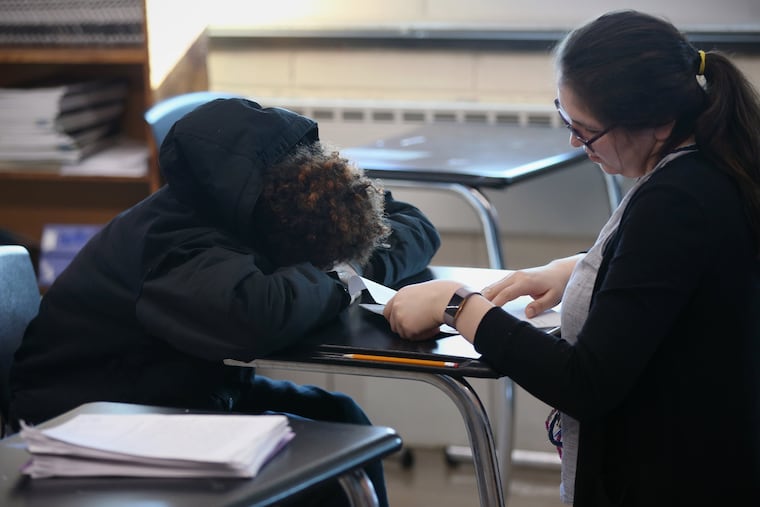Starting high schools at 9 a.m. is a good idea | Opinion
Students who have had enough sleep are able to maximize their academic, physical, and emotional well-being.

Students who have had enough sleep are able to maximize their academic, physical, and emotional well-being.
